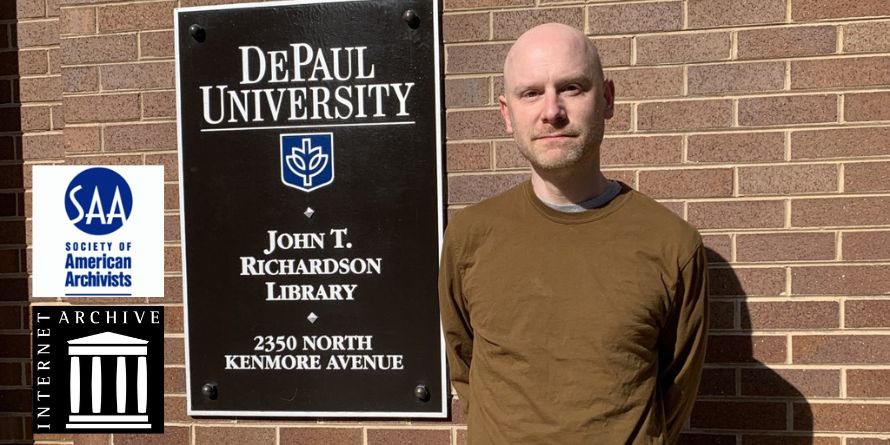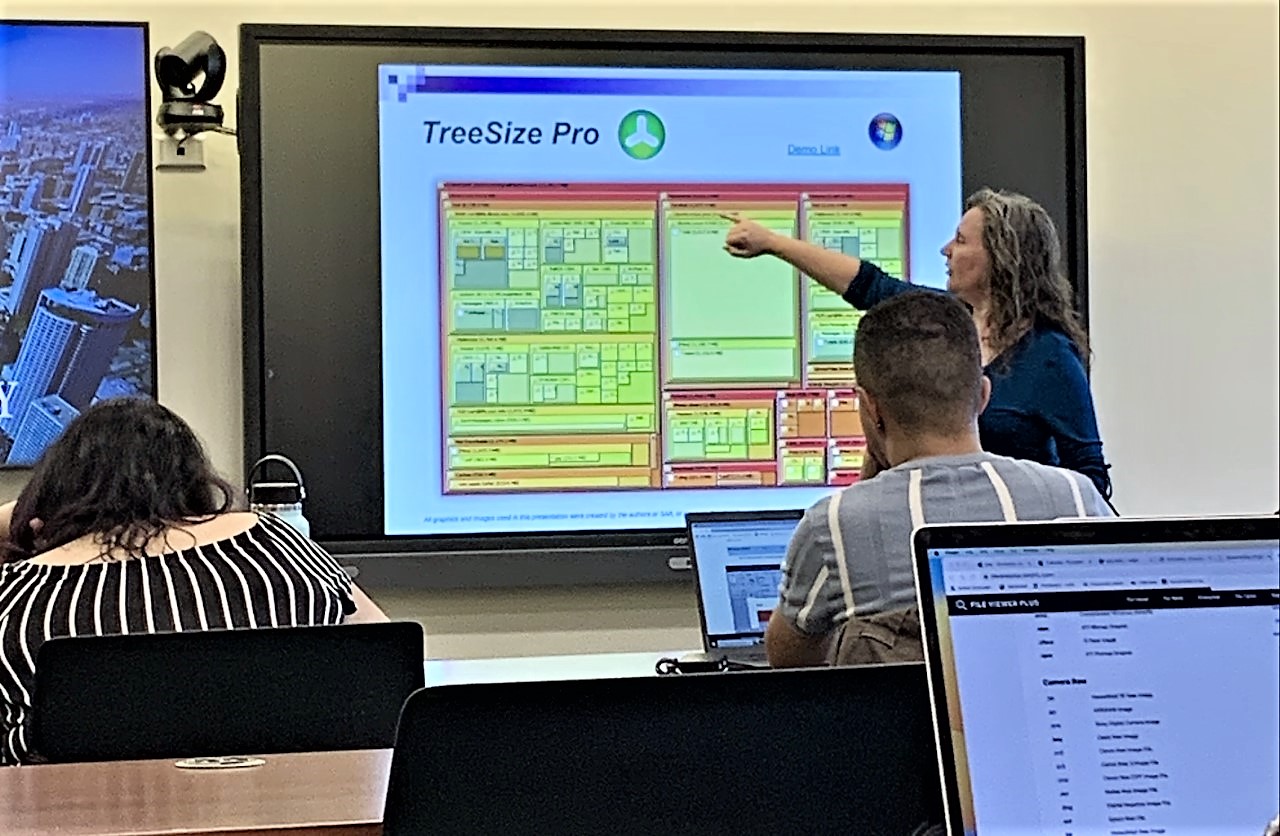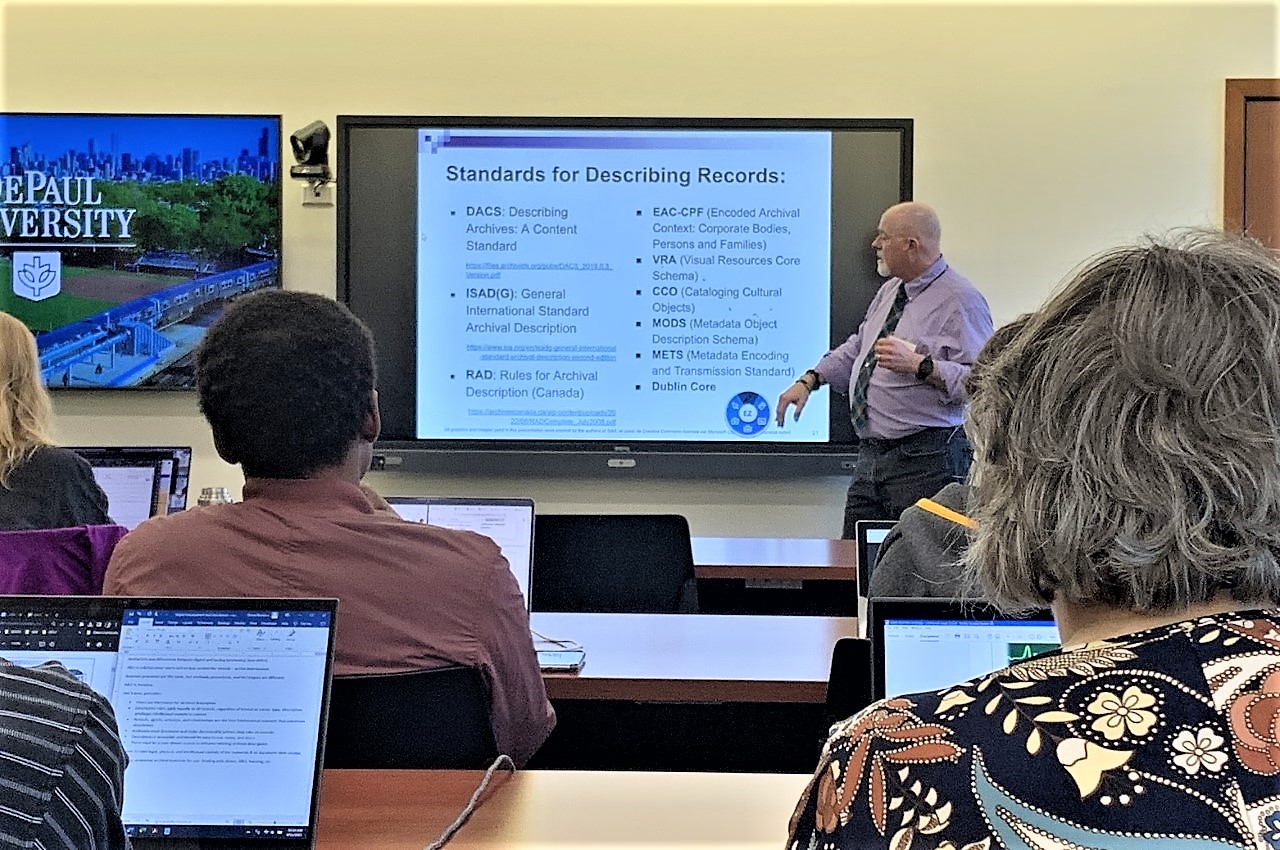By Spencer Bowman, Northwest Room Librarian
On April 11th and 12th, I had the privilege to attend a two-day course on born-digital archiving at the DePaul University in Chicago. My attendance was made possible by an Internet Archive Community Webs Program grant. This two-day course was hosted by the Society of American Archivists and taught by Carol Kussmann, Digital Preservation Analyst for the University of Minnesota Libraries, and Dan Noonan, Digital Preservation Librarian from The Ohio State University.
You might be asking yourself what exactly born-digital archiving means. Simply put, the term “born digital” refers to any type of document (photograph, paper, video file, etc.) that originated digitally. This is different from a document that originated physically, like a photographic print, since at any time you can re-digitize a physical print if you need another digital copy. This cannot be done with born digital materials since there is no physical back up. Archivists and librarians take special care to ensure these born-digital files are safely stored, managed, and accessible.
The class covered every step of archiving digital files. We started by learning how to assess and move files safely, how to arrange and describe them in your public database, and tools to help with long term secure storage. The instructors covered various programs and techniques that can aid in each part of the process.
One of the most interesting portions of the class involved learning about tools and strategies to assure that digital files you are moving and storing don’t become damaged in the process. A way to avoid digital damage is to run what are called checksums. To check a file and make sure it is error free you can use a checksum program. A checksum program would look through the file and generate a code that summarizes a files properties and structure. This code is called a "hash" or "checksum". Once you have a checksum of the file you can compare it against a copy or the original anytime to see if any damage has occurred. This is incredibly helpful in making sure files are safe, since many times damage to files can be imperceptible until it's too late.
The insights and skills I learned during this course will support the Northwest Room's digital and ever growing born-digital collections. We are working on putting into practice many of the procedures and tools I was able to use and experiment with to protect and make accessible our digital collections accessible for our users.




